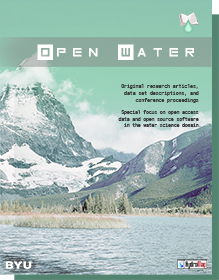Abstract
There are several modelling techniques for urban inundation modelling. Ideally, detailed prediction of flood flows over complex topographies and in urban areas requires hydraulic model simulations on high resolution grids that can resolve the effects of individual buildings and other topographic features that play significant roles in routing and storing surface flow and are likely to have an influence on the movement of water across the flood plain. However, the associated computational cost due to smaller computational time steps may make this approach unfeasible where there is a need to simulate many flood event realisations. In this paper the development and application of a new two-dimensional urban flood model, which we plan to develop it into an open source 2D urban flood model, to improve flood forecasts in geometrically complex urban environments using coarse grid models is presented. The performance of the new modelling approach for coarse grid models is tested in a case study to simulate shallow inundation originating from an inflow into an area and compared with conventional coarse grid modelling approach. Comparing the flood simulation results of the two modelling approaches shows that the new modelling approach enables the use of coarse grid models without significant loss of accuracy and with the advantage of reducing the computational time significantly.
BYU ScholarsArchive Citation
Seyoum, Solomon D. and Price, Ronald
(2015)
"Topographic Grid Generalization for Urban flood Modelling,"
Open Water Journal: Vol. 3:
Iss.
1, Article 12.
Available at:
https://scholarsarchive.byu.edu/openwater/vol3/iss1/12
